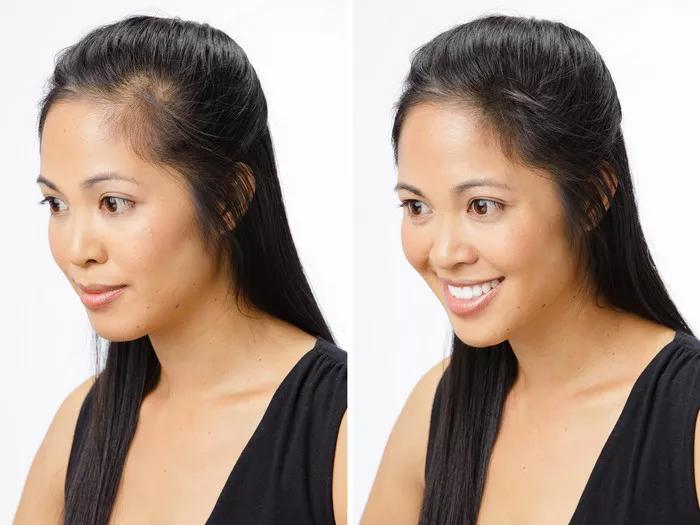Hair transplantation is a revolutionary solution for individuals grappling with hair loss, offering a chance to restore a fuller, more youthful head of hair. While the focus often lies on the newly implanted hair follicles and their growth, a pertinent question arises: What happens to the old hair after a hair transplant? In this article, we delve into the intricacies of this process to provide a comprehensive understanding.
Pre-Transplant Shedding: A Common Phenomenon
Before diving into the post-transplant phase, it is essential to acknowledge pre-transplant shedding, a natural occurrence observed in many patients. This shedding is a result of the body’s response to the trauma of surgery and occurs within a few weeks of the procedure. Patients should not be alarmed, as this shedding is temporary, and the hair will regrow in due course.
Temporary Disruption in Hair Growth Cycle
The hair growth cycle consists of three phases: anagen (growth), catagen (transition), and telogen (resting). Hair transplantation, being a surgical process, can temporarily disrupt this cycle. Post-transplant, there may be a period where the natural hair goes into a resting phase. This phase, known as telogen effluvium, is usually temporary and resolves on its own within a few months.
Old Hair’s Fate: Shedding and Regrowth
One of the primary concerns individuals have is whether the old, existing hair will be affected by the transplant. The reality is that some shedding of existing hair can occur as a reaction to the surgical procedure. This is a natural response to the trauma inflicted on the scalp during transplantation.
The shedding of old hair is a temporary phenomenon and should not be misconstrued as a sign of the transplant’s failure. In fact, the implanted hair follicles are usually more resilient and less susceptible to shedding compared to the pre-existing hair. As the body heals and adjusts to the new hair grafts, the existing hair begins to regrow, and the overall result is a fuller, more vibrant head of hair.
See Also: Does Transplanted Hair Fall Permanently: All You Need To Know
Post-Transplant Care to Minimize Shedding
While shedding is a normal part of the recovery process, there are steps that can be taken to minimize its extent. Following the post-transplant care instructions provided by the surgeon is crucial. This typically includes avoiding strenuous physical activity, refraining from exposing the scalp to direct sunlight, and using prescribed medications to aid healing and reduce inflammation.
Additionally, maintaining a healthy lifestyle with a balanced diet and adequate hydration contributes to overall well-being, which, in turn, supports optimal hair growth. Engaging in stress-reducing activities can also be beneficial, as stress is known to impact hair health.
Patience is Key: Hair Growth Timeline
Understanding the timeline of hair growth post-transplant is crucial for managing expectations. While some patients may witness new hair growth within a few weeks, it is common for the full results to become apparent after several months. The process of hair regrowth is gradual, and patients are advised to exercise patience and trust the natural healing and growth cycle.
Consultation with a Professional: Addressing Concerns
Individual experiences with hair transplantation can vary, and concerns about the fate of old hair are entirely valid. To alleviate any apprehensions, regular follow-up consultations with the transplant surgeon are recommended. A professional can assess the progress, address concerns, and provide guidance on how to enhance and maintain the results of the procedure.
Conclusion: A Fuller, Natural Look
In conclusion, the fate of old hair after a hair transplant involves a temporary shedding phase, which is a normal part of the body’s response to the surgical process. Understanding the intricacies of the hair growth cycle, along with proper post-transplant care, is crucial for managing expectations and ensuring optimal results. With patience, adherence to post-operative instructions, and professional guidance, individuals can look forward to a fuller, more natural head of hair that enhances their overall appearance and confidence.


